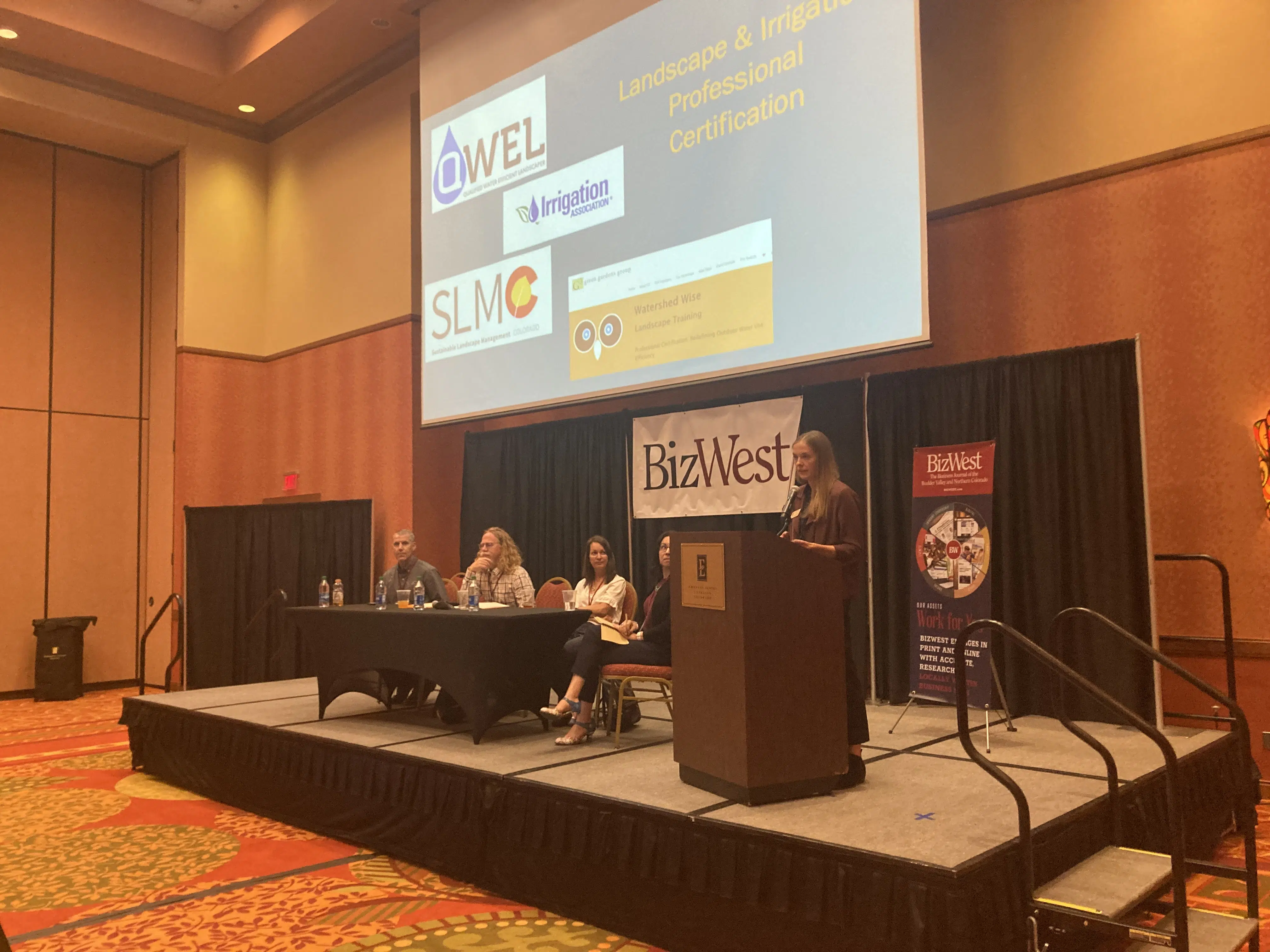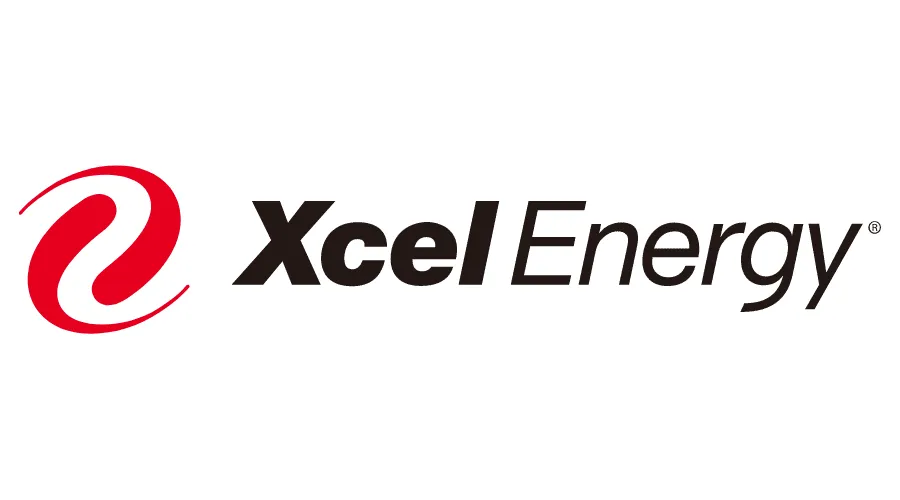Confluence: Lawn mindset shift a key component of water resilience

LOVELAND — Turf, the thick grass popular on lawns, landscaped areas and golf courses, may be green in color, but it’s hardly green in the environmentally friendly sense of the word.
Transitioning away from turf is a critical component of improving water resiliency in Northern Colorado, experts said Thursday during a panel discussion at BizWest’s 2022 Confluence Colorado Water Summit moderated by Colorado Stormwater Center education and outreach manager Jessica Thrasher.
“There’s never been a more critical or pressing time to be enacting policy that reduces the strain on the Colorado river systems, improves the resiliency in the face of climate change,” Western Resource Advocates water policy analyst Lindsay Rogers said.
SPONSORED CONTENT
With more people moving to Colorado and more homes being built with lawns, water-resiliency woes are compounding.
“Our population is growing at very high rates here in the region,” Colorado State University civil and environmental engineering professor Sybil Sharvelle said. “And to add to that challenge, we have increased evapotranspiration rates creating higher demand for irrigation.”
Training and education is critical to create the “cultural change” necessary to shift away from turf and toward more water-wise landscaping modes such as xeriscaping, Northern Water water efficiency manager Frank Kinder said.
“Working together to solve our common problems in the midst of having different personal interests” is challenging, “but the results lead to innovation,” he said.
The government has a role to play in the transition from turf.
Colorado state lawmakers passed a bill this year that provides $2 million for turf-replacement projects.
“The idea is to improve and increase the capacity for [turf replacement] across the state,” Colorado Water Conservation Board state water conservation specialist Kevin Reidy said.
On a local level, municipal leaders can encourage turf replacement, he said. “It’s much cheaper to do it through a code or ordinance than retrofitting.”
LOVELAND — Turf, the thick grass popular on lawns, landscaped areas and golf courses, may be green in color, but it’s hardly green in the environmentally friendly sense of the word.
Transitioning away from turf is a critical component of improving water resiliency in Northern Colorado, experts said Thursday during a panel discussion at BizWest’s 2022 Confluence Colorado Water Summit moderated by Colorado Stormwater Center education and outreach manager Jessica Thrasher.
“There’s never been a more critical or pressing time to be enacting policy that reduces the strain on the Colorado river systems, improves the resiliency in the face of climate change,”…





